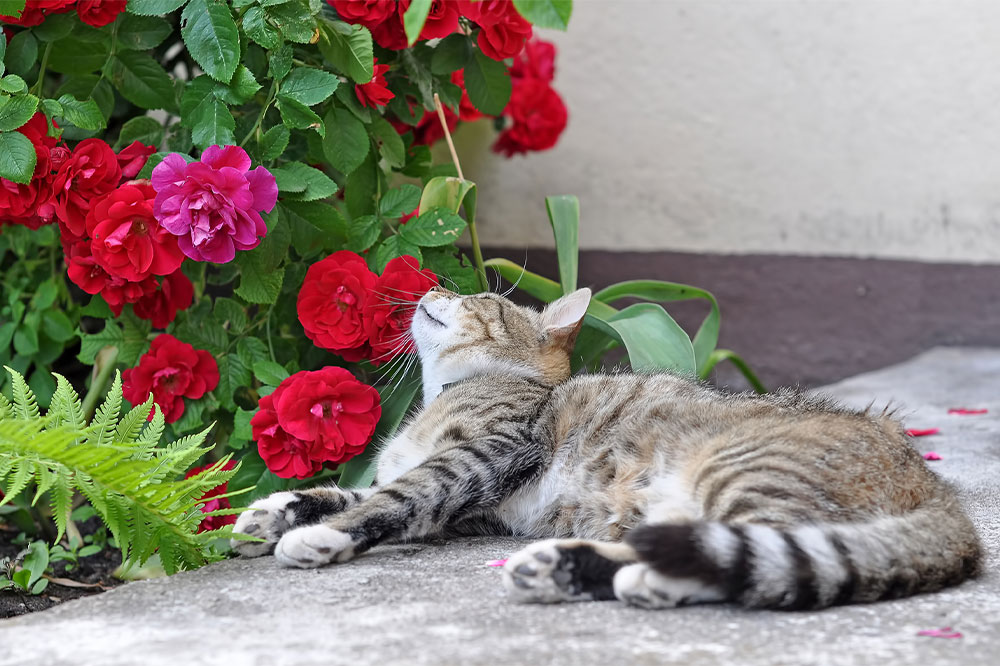
5 Plants That Are Toxic to Felines
Who can resist the charm of a well-maintained garden or indoor plants that make for the perfect setting every evening. Plants add a great vibe to both indoors and outdoors. Unfortunately, pet parents might not be able to fill their living space to the brim with flora, because not all are suited to their four-legged babies. For instance, there are quite a few plants that are toxic to cats, and inhaling their pollen, chewing on the leaves, or the flowers can lead to dangerous effects. In this article, we’re listing out plants that are poisonous for cats and the symptoms of a reaction the cat parent must watch out for.
Lilies
We all love lilies but if you’re a cat parent, it’s best to steer clear of this plant. It’s not just the flower that’s toxic but its leaves, pollens, and in fact even the water from the vase is equally toxic for your cat. Chewing on lily petals or licking pollen can lead to damaged kidneys in your cats and ingestion of some types can even cause a poisonous reaction that can end up in death. While all species of lilies are toxic for felines, there are those that pose serious danger, which include Asiatic lilies, Easter lilies, Japanese show lilies, rubrum lilies, tiger lilies, Western lilies, wood lilies, and daylilies.
Cyclamen (Persian violet and sowbread)
This perennial flowering plant contains saponins, a toxic component that is found majorly in the roots and tubes, and can be fatal for your cat. However, the entire plant can have adverse effects and if ingested by your feline family member, the symptoms you need to watch out for include gastrointestinal irritation and vomiting.
Azaleas and rhododendrons
These ornamental shrubs are grown world wide under many species and are known for their clusters of bell-shaped flowers and shiny foliage. But due to the fatal component grayanotoxins present in all species and the entire plant, the shrubs pose severe toxic effects for cats. Even minimal ingestion can result in tremors, seizures, coma, diarrhea, vomiting, lack of appetite and even death.
Oleander (Rose-Bay)
Many houses with gardens include oleander plants for it easily grows in drought and needs low maintenance. Commonly found with pink flowers, this shrub-like plant boasts of flowers in yellow too. But unfortunately, these plants are poisonous for cats, and in fact, they’re toxic for other species like dogs, rabbits, cattles, horses and even humans. Cardiac glycosides found in these plants is the culprit that causes hypertension, cardiac irritability, arrhythmias, tremors, seizures, lethargy, depression and ataxia among cats.
Sago Palm
Who doesn’t love decorating the hallway, gardens, and lobby with palms. The answer is most of us but sadly, cat parents have to think twice before bringing home a sago palm. Cycasin, a deadly compound found in sago plants, is toxic for cats and results in symptoms like liver vomiting, diarrhea, liver failure, and even death.


